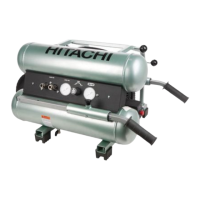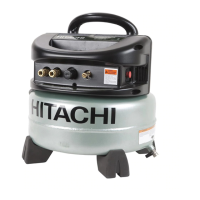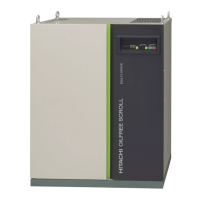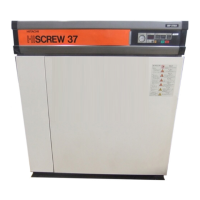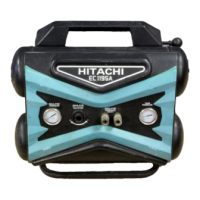46
5. INSTALLING AND PIPING THE DSP [Piping the DSP Air Compressor]
Water
inlet
Water
outlet
Cooling drain discharge valve
① Leave the end of any condensate drain line open.
② Do not merge the air compressor’s condensate drain
lines (for the aftercooler, intercooler, control line
filter) into one common piping. Do not merge any
condensate drain line into an external condensate
drain line (for example, do not merge a air compressor
condensate drain line with a condensate drain line on
an air receiver tank). This could generate a pressure
differential, which could result in no draining or
inconsistent draining out of the air compressor.
Capability to observe the draining of the air
compressor is also impaired.
5.4.6 Drain Pipe
To
drain pit
Drain pipe
The Oil Mist Remover needs the pressure of a control
air at the regulator setting value or more. To properly
install the control air line, connect the control air pipe to
the connection marked “A” on the filter/regulator of the
Oil Mist Remover. This piping and compressed air shall
be supplied by customer.
A
Pressure gauge
Filter Regulator
The control air must be as dry as possible. Run the
control air pipe from the downstream side of the air dryer.
If an air dryer is not used, run the control air pipe from the
upper section of an air receiver. Installing downstream of
the air dryer or air receiver allows for less moisture
accumulation in the filter bowl of the oil mist remover.
5.4.8 OMR Control Air Piping
CAUTION
Un-drained condensate can backflow to the air
compressor and cause a failure.
5.4.7 Cooling Water Piping
Water-Cooled
① The pipings for water inlet and outlet for coolers are
required.
② Mount the water drain valves of the cooling water
outlet and inlet downward facing downward as shown
in the figure. The water drain valves may also be
mounted facing sideways.
③ Using flange joint to connect the air compressor to
the water pipings, allows for minimal disassembly of
the enclosure panels.
IMPORTANT

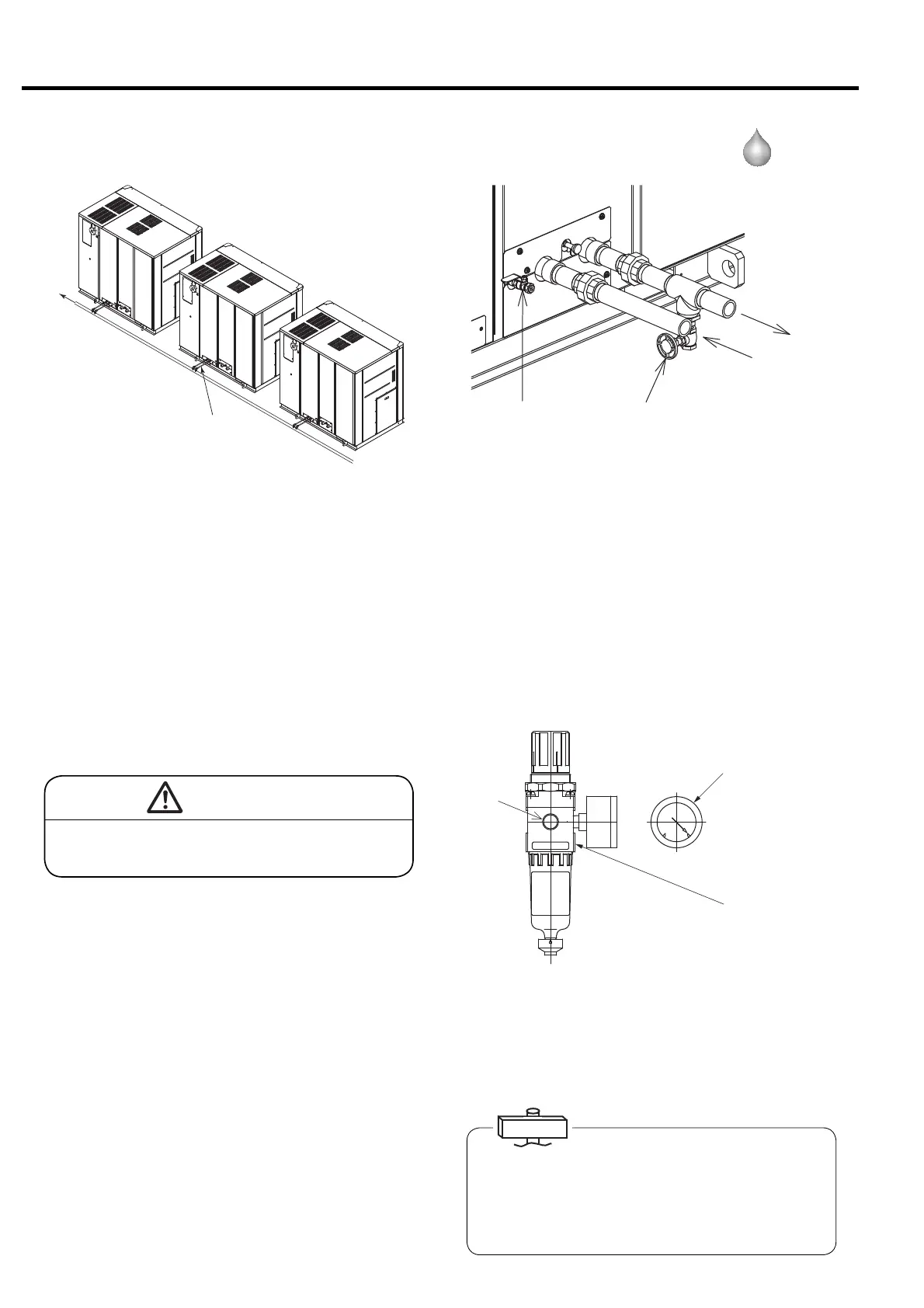